The integration of the plant for residual material recycling and energy production should be analyzed for technical, economic, legal and environmental suitability, depending on the modules selected. The detailed pre-project phase or project preliminary analysis is to serve as a well-founded decision-making basis for the possible purchase of a plant. Our customers receive documentation in the form of a final report detailing the various options and the economics related to those options . In addition, we present the results of the pre-project phase in a presentation. Start of the Energy Conversion Consultation – Your Energy Transition Begins Here!
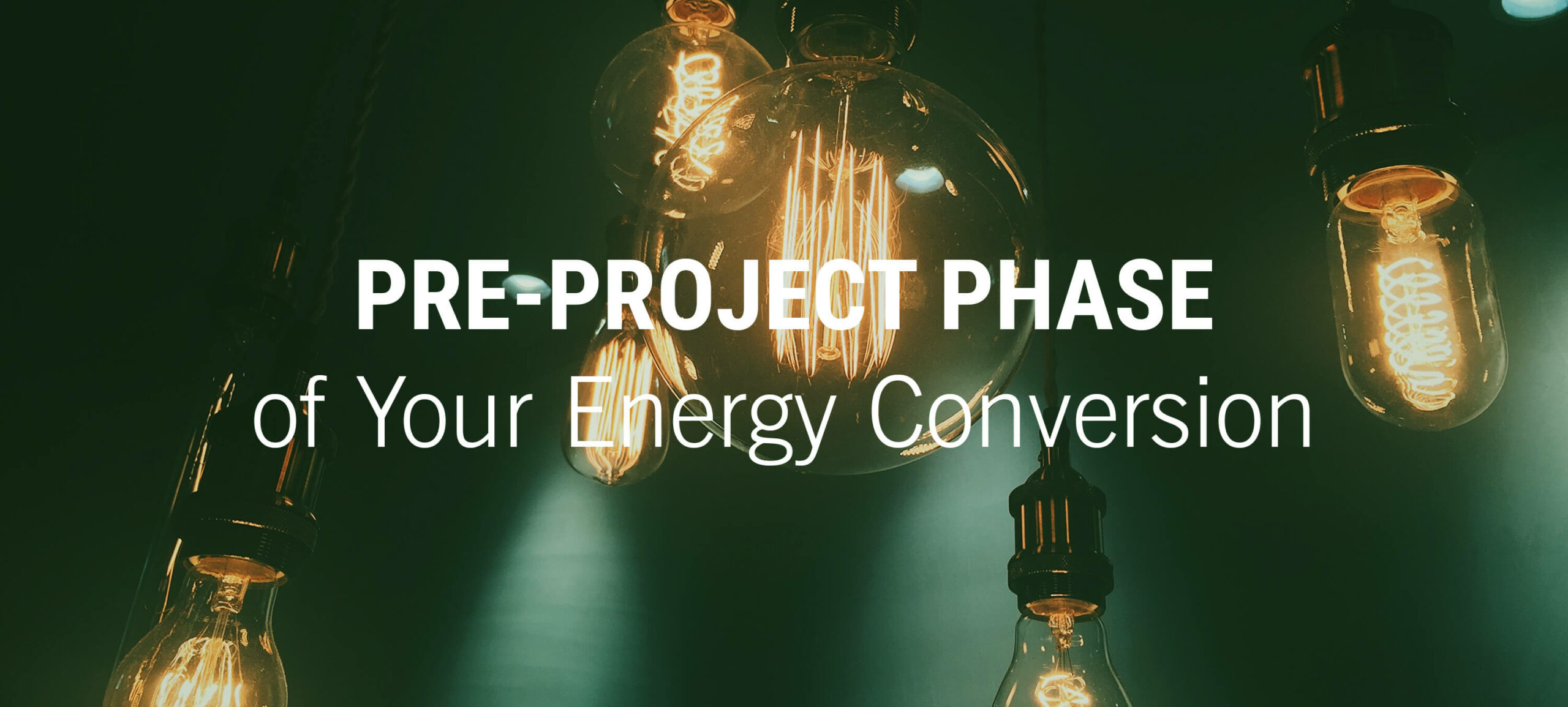
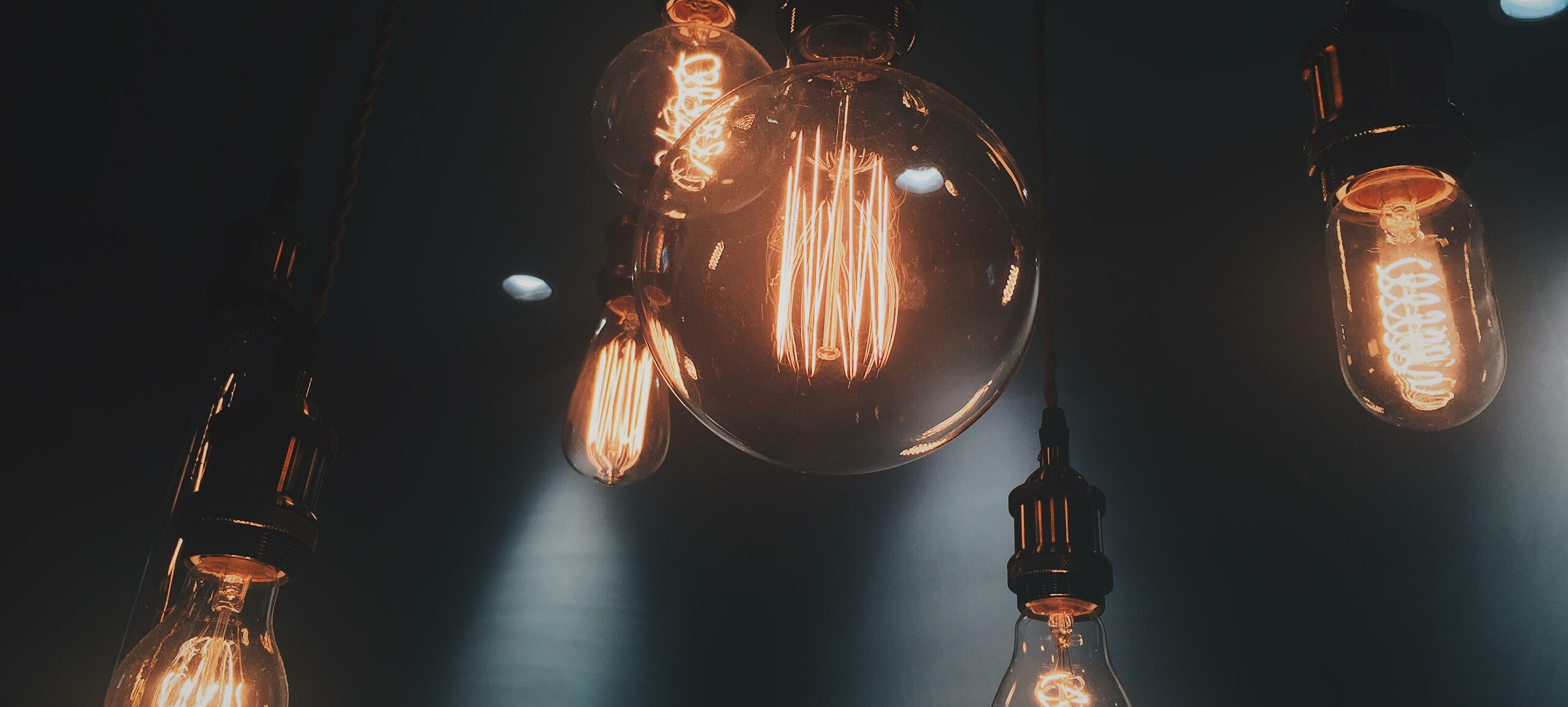

CONSULTING ENERGY CONVERSION

Comprehensive ACTUAL-Analysis of the energy situation of your company

Examination of the technical, licensing and economic plant integration

Preparation of a customized plant concept suitable for your boundary conditions

Presentation of the results and coordination for further concept implementation
ENERGY ANALYSIS
Start of Consulting Energy Conversion: In the beginning of our CONSULTING ENERGY CONVERSION we will inspect your initial energy state. We learn about how your current energy supply (heat and electricity) is structured and which energy generation plants are already in place. Older plants are often less efficient, but can sometimes continue to be used as redundant energy generators in the company’s energy mix. Our holistic approach takes existing systems into account and incorporates them into the overall concept.

Based on your current load curves, we will prepare an energy requirements and consumption analysis and forecast. Your details on potential plant or production expansions should be incorporated into the forecast. Next, we will evaluate your previous energy usage and costs.
TECHNICAL EXAMINATION OF PLANT INTEGRATION
During the technical plant integration phase of the project we will examine the suitability of your desired plant location with your site and development plans. This will include a detailed review of all of your energy sources and connections at your site. In addition to your customer-specific connections, the distances to the inlet points are also relevant in order to establish the final costs. The preliminary installation variants will be determined first and then later be confirmed in accordance with the construction permit.

Our Combined Heat-Power (CHP) ClinX plant systems can be placed in various layouts due to the modular container design. We determine the optimal combination for your location and correspondingly customize the plant connections. By doing so, we take into account not only the plant system itself, but also the additional systems such as warehouses.
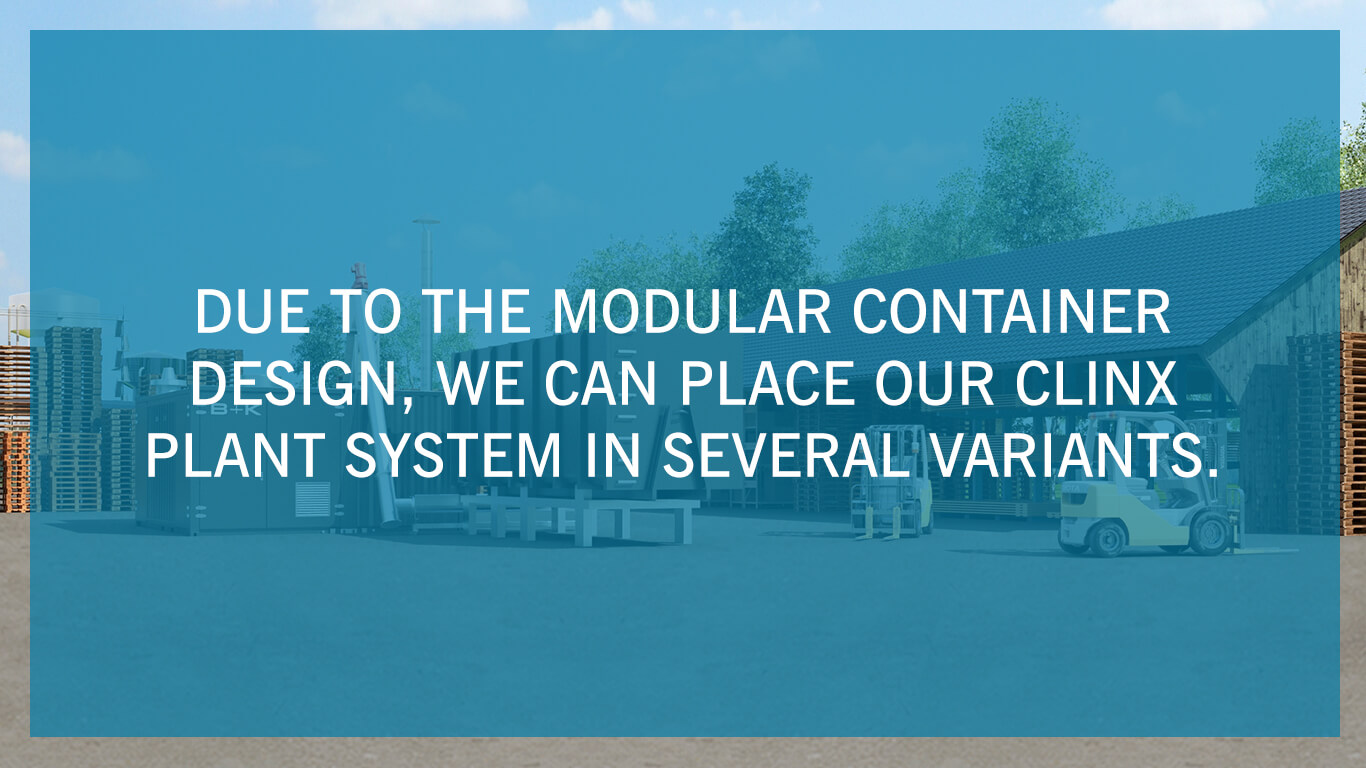
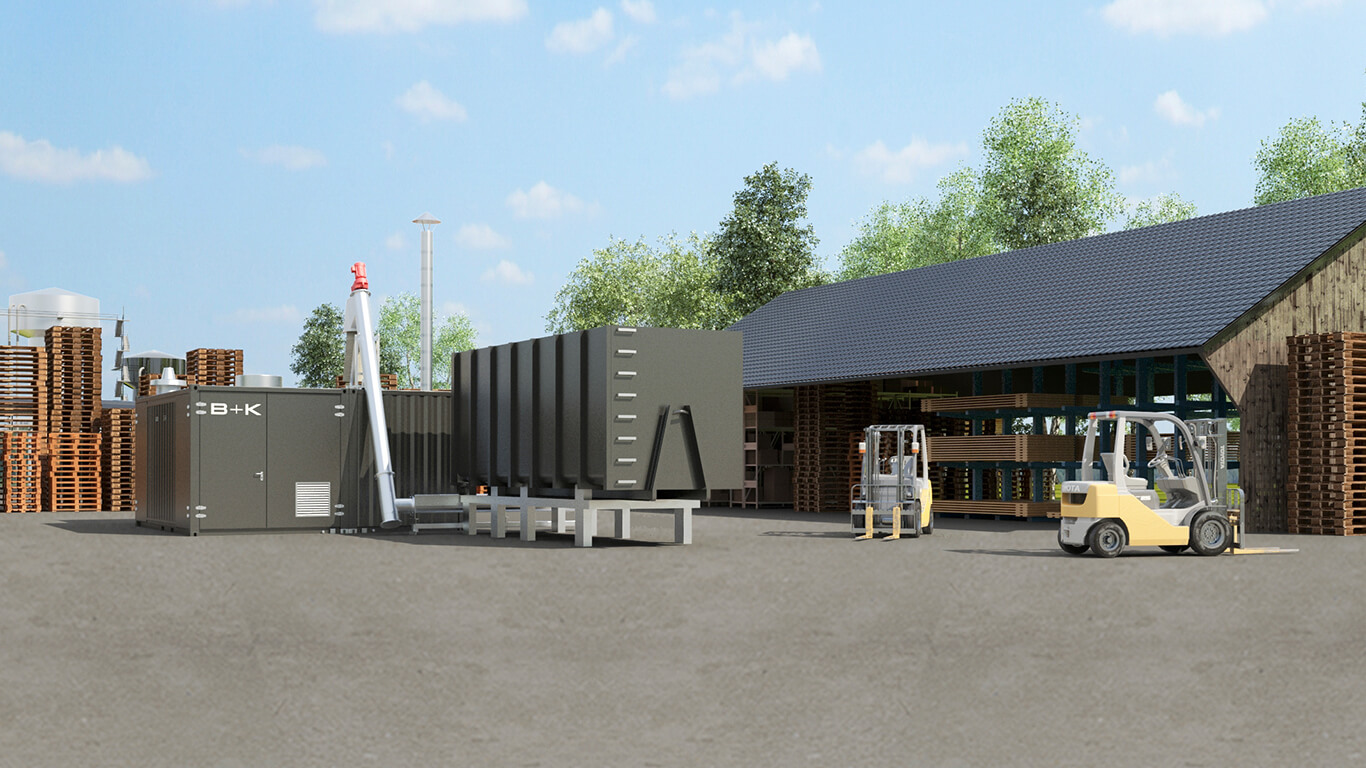
LEGAL EXAMINATION OF PLANT INTEGRATION
Within the scope of legal plant integration, we examine the approval eligibility of the recommended plant systems and we assist you with the approval application process. We check, among other things, whether construction permits or permits under the Federal Emission Control Act must be obtained for the systems and how these affect the project sequence. In the case of energy law integration, the procedure for the implementation of a grid connection is examined and presented with reference to the respective plant size.

The location identified in the technical examination is confirmed and will be examined again for any legal constraints or obstacles (final review can only occur after the permit acquisition process).
ECONOMIC EXAMINATION OF PLANT INTEGRATION
The economic examination represents a decisive criterion for the decision to implement a power generation plant. When considering the inlet tariffs for electricity sales to the grid, the complexity increases. Classical CHP plants are operated under the conditions of the KWKG, while CHPs based on renewable energies are treated according to the EEG. The conditions and requirements differ, so that each case requires specific, custom analysis to properly evaluate the economics related to the site.

Different variants, which resulted from the technical examination, are now compared economically, as well as different variants of energy inlet and self-consumption are compared and thus the most economical variant for the operation is to be determined.


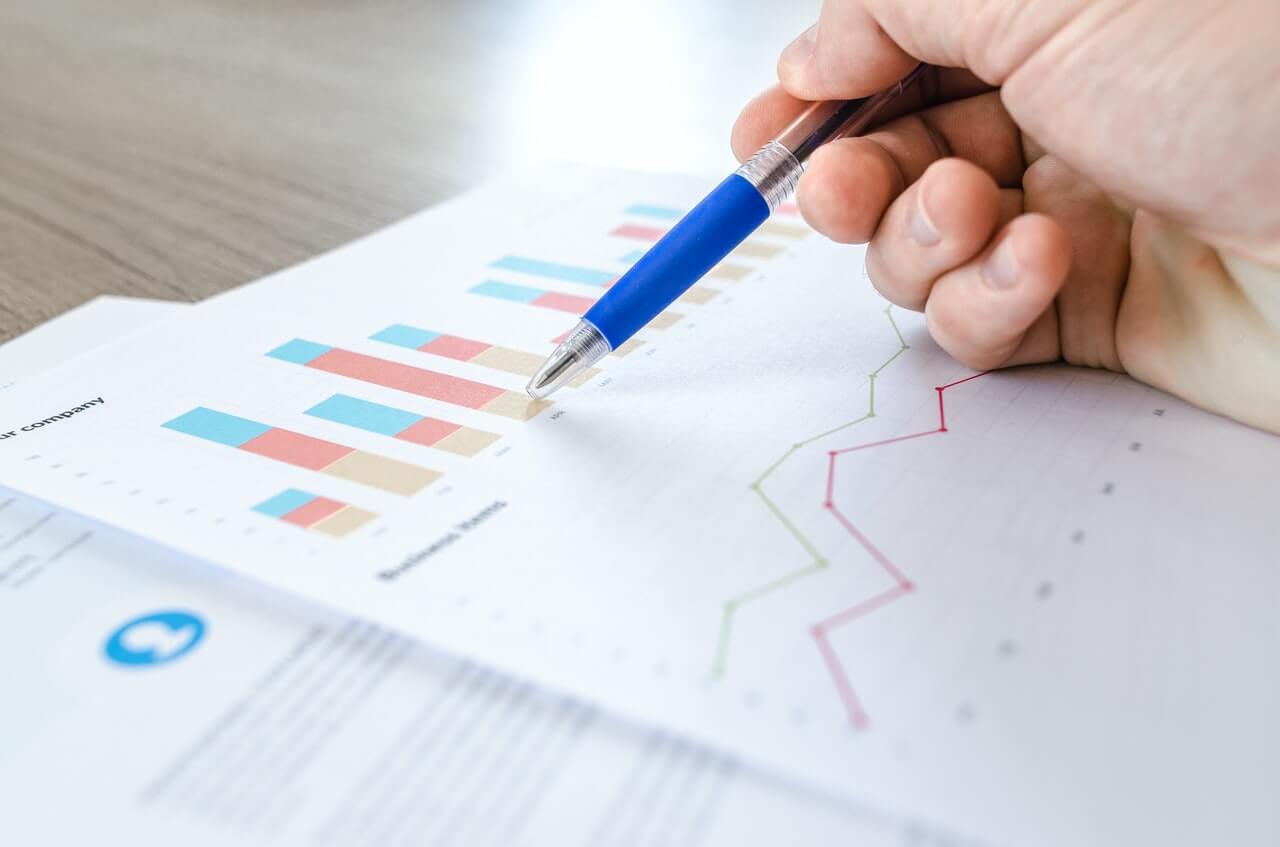

ENVIRONMENTAL PLANT INTEGRATION
-optional-
One way of reducing the greenhouse gas emissions of one’s own company is to make greater use of the coupled supply of electricity and heat through CHP plants. Compared to separate systems, the use of CHP enables savings in energy input and CO2 emissions. Distributed CHP plants also eliminate the losses related to the utility lines required to deliver the energy produced at the utility plant to the site.

The achievable CO2-reduction depends on the applied technology and on the consumed fuel. The technologies applied and the fuels consumed at your site will be thoroughly analyzed to provide you with an accurate estimate of your CO2 reduction.
FUNDING CHECK
-optional-
Various funding programs (including grants, loans, incentives and rebates) at the federal and state level support energy-related measures. We will pursue all suitable programs from our comprehensive database. In addition to the plant system, company specified factors will also play a role in the selection.

The subsidies are divided into grant and loan programs. Here it is important to find the optimal combination to support the plant implementation with financial means.
